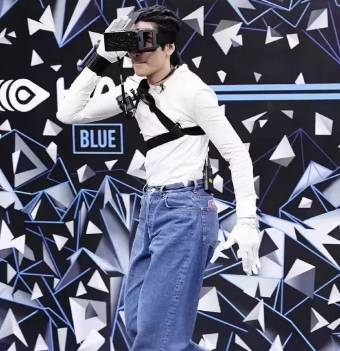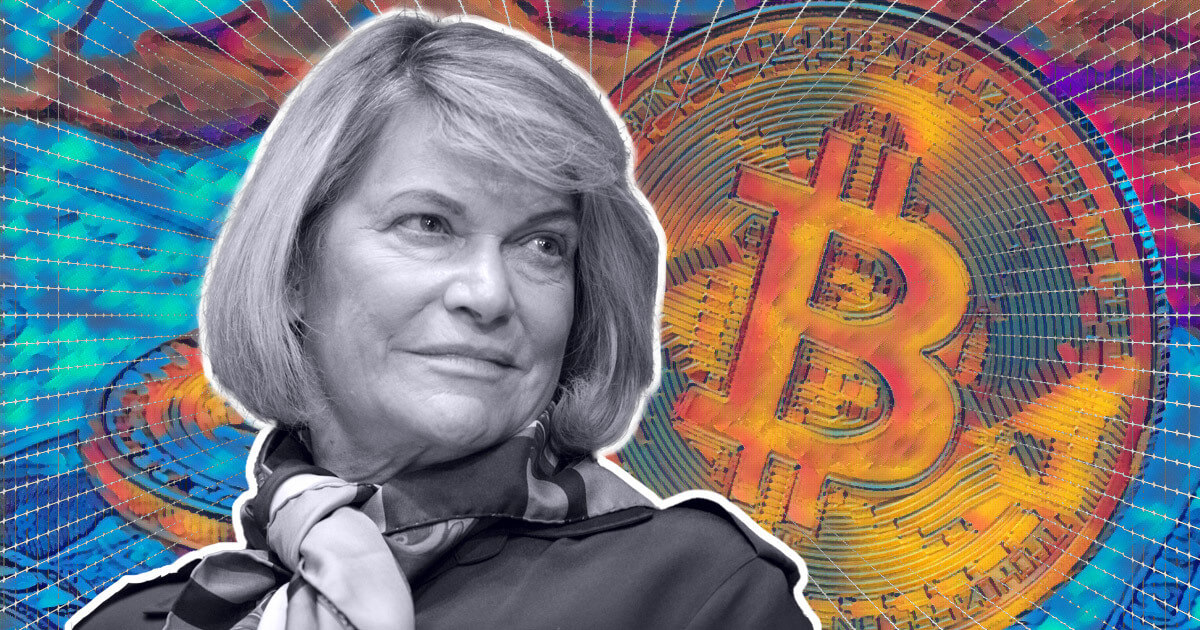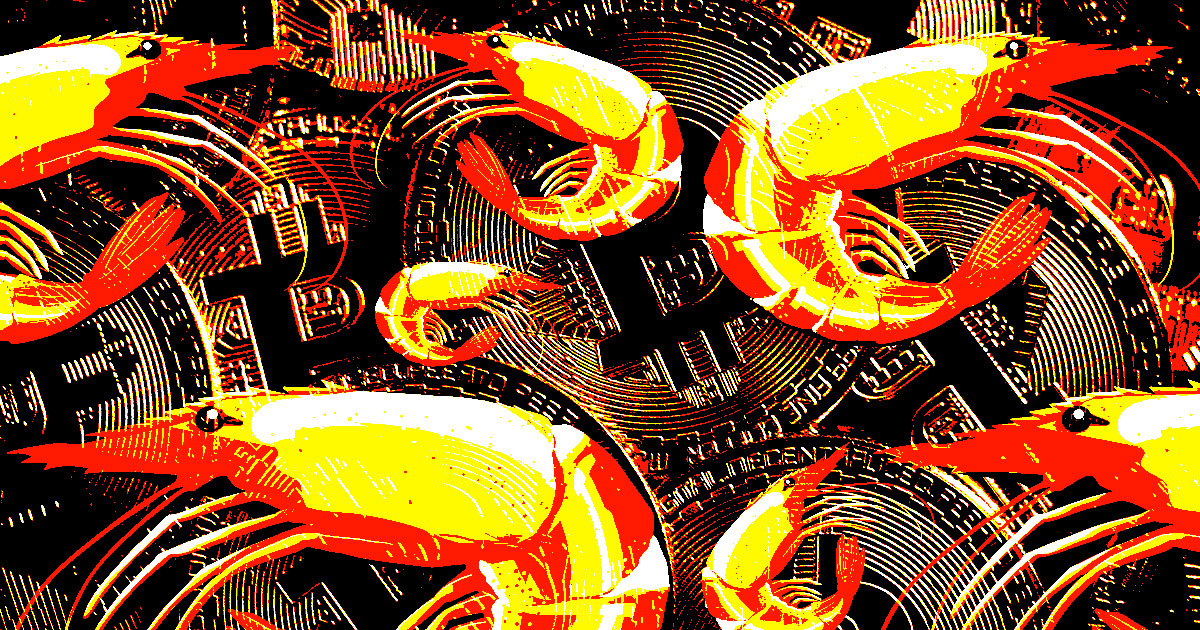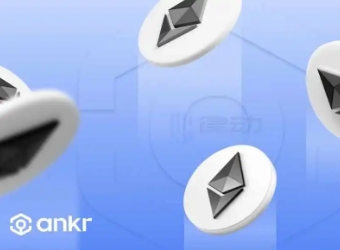The universe is the vision of how the next generation Internet will work. That would be an improved digital environment. In this environment, people can work, play, shop, socialize and create seamlessly in a digital environment. People are particularly in
The universe is the vision of how the next generation Internet will work. That would be an improved digital environment. In this environment, people can work, play, shop, socialize and create seamlessly in a digital environment. People are particularly interested in understanding the capabilities and potential threats of the meta universe. As similar queries continue to appear, the definitions most relevant to the meta universe are listed below.

Virtual Reality (VR) and Augmented Reality (AR)
VR and AR are the two cornerstones of the immersive media field. Virtual reality (VR) and augmented reality (AR) have existed for more than 30 years. VR first appeared in the late 1980s and AR appeared in the early 1990s. The main difference is the user's sense of existence. In virtual reality, users are immersed in a simulated environment, while in augmented reality.
Therefore, the following definitions appear:
Users must interact with virtual information in a natural and attractive way to get a real VR or AR experience. This makes VR different from 3D movies and simulations. It also distinguishes AR from Head Up Display (HUDS), which projects non immersive materials such as text, data, and flat images into the user's line of sight.
For decades, virtual reality and augmented reality have been the most commonly used terms in academia and industry, although other terms have become increasingly popular in recent years. For example, the term "extended reality" (XR) was created to cover all the functions of virtual reality and augmented reality, and has evolved into an applicable umbrella term for various immersive media.
Mixed Reality (MR)
The term has also gained attention, but this is a bit of a misnomer because it is essentially a synonym for augmented reality. When Microsoft released its revolutionary HoloLens headset in the mid-1990s, it used the concept of "mixed reality" in marketing. Since then, people have been looking for ways to distinguish AR and MR, but this is mainly a matter of personal preference.
Because some enterprises market smart glasses in vague terms and call them AR/MR, when they project non immersive content to the head up display in the eyes of users, this leads to more confusion. Compared with actual augmented reality glasses such as Microsoft's HoloLens and Snap's latest glasses, this device may be very beneficial, but it may also cause market chaos.
Metaverse
The term "meta universe" has attracted more and more attention recently. It originated from science fiction in the 1990s, but it was not until Facebook, now Meta, supported it with marketing power that it was widely used. The following is the definition of the meta universe:
Metauniverse is a permanent immersive simulation. A large number of users experience it in the first person and share a strong sense of mutual existence. It can be completely virtual (i.e. virtual meta universe), or it can be composed of virtual content layers placed on real information (i.e. enhanced meta universe).
Some people believe that the meta universe should also include a clear code of conduct and a fully functioning economy. Although many of them have these characteristics, it is too strict to include them in the description. Similarly, some predict that all virtualization and enhancements will be linked into a single interoperable meta universe, with elements shared among them. Although many will certainly have the same characteristics and essence, some are undoubtedly independent and still qualified to become the meta universe.
The discussion of Web 3.0 and NFTs related to the meta universe has nothing to do with immersive functionality. On the contrary, they worry about whether the data of the meta universe is stored centrally by platform providers (such as face user data) or spread across the network (such as the cryptocurrency of the blockchain). Both are effective options for building a meta universe, but distributed networks allow for better interoperability and data security. However, platform providers will have to choose which option to use.
tactile sensation
The term "tactile" refers to adding a sense of touch to a computer. The sense of touch (such as texture and vibration) is felt through the skin, while the sense of force (such as weight and resistance) is felt through the muscle. At present, most haptic feedback devices on the market focus on tactility because of their cost. However, VR and ar are more immersive and attractive in essence by giving virtual objects a tangible sense of reality and also providing force sensing gear.
conclusion
Many people in the industry are now misusing these terms. Not every virtual environment is a meta universe; Each pair of smart glasses can provide AR/MR experience. Even if this is an ideal goal, there is no guarantee that all virtual objects can interoperate. On the other hand, as the market matures and consumers become more knowledgeable, our language will undoubtedly become more accurate.
















 Tue, 18 Apr 2023
Tue, 18 Apr 2023
